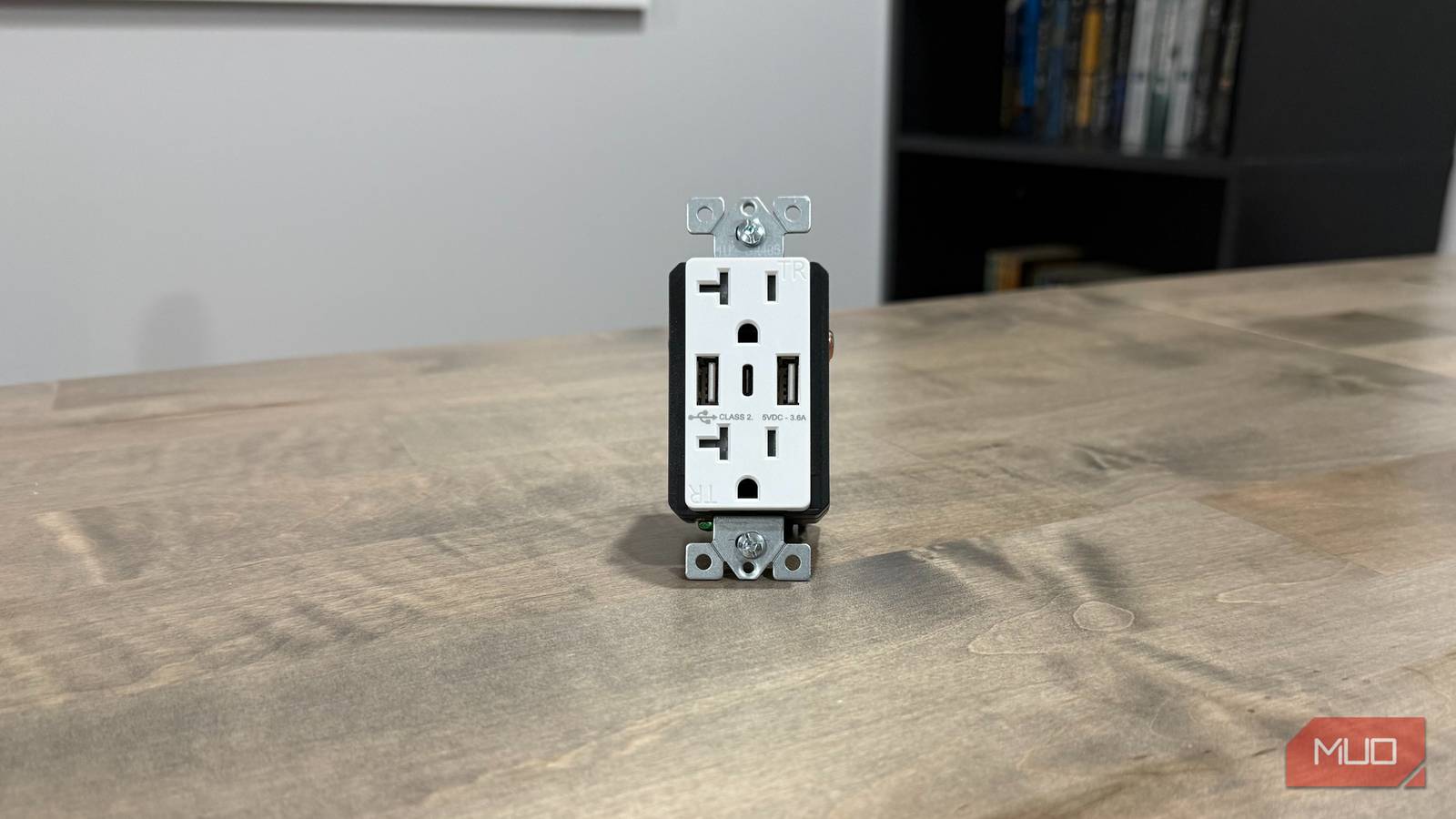Don’t miss out on our latest stories. Add PCMag as a preferred source on Google.
Neuralink has a backlog of 10,000 individuals interested in having its N1 device drilled into their skulls, according to President and Co-Founder Dongjin (DJ) Seo. The company has implanted the N1 into 12 clinical trial patients so far; Seo expects the number to grow to 25 by year’s end.
People can sign up to participate in the company’s clinical trials online, but to qualify, they must have either limited or no ability to use their hands due to a cervical spinal cord injury or ALS.
Elon Musk co-founded Neuralink, but Seo oversees day-to-day operations. He shared his thoughts with Morgan Stanley for a private client report published yesterday, which we reviewed.
The 12 patients with the implant use it for 7.5 hours a day on average, Seo says. Just one patient uses theirs consistently for over 100 hours a week, or about 14 hours per day.
It’s possible the power user is Noland Arbaugh, Neuralink’s first patient. He told us in a July interview that he uses his device throughout the day for “a lot of emails, website editing, writing stuff up, researching, banking, housekeeping—just being an adult trying to find some way to make it through life.”
Seo also notes that “the latency between a user’s intention and the system’s output is roughly 10 times faster than typical brain-to-muscle response, meaning the computer often reacts more quickly than the user anticipates.” He joked that a Neuralink patient might soon win an Olympic eSports medal thanks to their faster-than-human reflexes, the Morgan Stanley report says.
Arbaugh uses his implant to play video games with his friends, as does Alex, Neuralink’s second patient. Arbaugh sent us a video of how he plays chess on his computer with his implant (below).

Get Our Best Stories!
Your Daily Dose of Our Top Tech News

By clicking Sign Me Up, you confirm you are 16+ and agree to our Terms of Use and Privacy Policy.
Thanks for signing up!
Your subscription has been confirmed. Keep an eye on your inbox!
The N1 implant runs on Neuralink’s Telepathy software platform. It “reads electrical signals using the threads and electrodes from the N1 implant, indicating movement or speech,” Morgan Stanley says. The implant then decodes the information and sends it wirelessly to the Neuralink app on a computer, which takes actions on the screen on behalf of the user.
While the implant relies on this software, Seo pointed to the company’s hardware as its big differentiator compared with rival brain-computer interface (BCI) companies. The robotic arm it developed to perform the surgery that implants the device drills into the patient’s skull, an invasive procedure that differs from rival Synchron’s minimally invasive approach.
This Tweet is currently unavailable. It might be loading or has been removed.
“Seo indicated that the company decided to build their own surgical robot essentially from Day 1, as it was anticipated that the limited number of trained neurosurgeons would present a critical scalability problem for the company when they eventually expand Neuralink to the general population,” Morgan Stanley says. “He also expressed his belief that the greatest differentiating factor of Neuralink is its deep vertical integration.”
Recommended by Our Editors
Musk echoed Seo’s sentiment in an April tweet predicting that “robots will surpass good human surgeons within a few years and the best human surgeons within ~5 years.” He also noted that Neuralink had to develop its surgical robot because it was “impossible for a human to achieve the required speed and precision.”
That is indeed the case, but only for part of the procedure, says Carolina Aguilar, CEO and co-founder of INBRAIN Neuroelectronics. “Neuralink’s surgical robot is designed to automate the most delicate part of the procedure, inserting ultra-fine electrode threads into the brain with micron-level precision, something that’s difficult for even the most skilled human hands.”
Still, a surgeon is present when a patient gets a Neuralink implant and plays a key role. They do the craniotomy, position the device, and supervise the robot during insertion, Aguilar says. They’re also responsible for safety, anesthesia, and all clinical decision-making.
At a BCI conference last week hosted by Mount Sinai Neurosurgery, Michael Lawton, MD of the Barrow Institute, confirmed he had performed several of the procedures. Notably, he discussed risks involved with any invasive brain surgery, and confirmed he would not do the procedure on a healthy, fully functioning human at this time.
So, although Neuralink’s vision is to “expand to the general population,” as Seo put it, that’s far from the reality today. Plus, no brain implants, including Neuralink’s, have US Food and Drug Administration (FDA) approval for sale. They are being tested as clinical trials, though some companies could begin to get approval in the next few years, Synchron CEO Tom Oxley predicts.
About Our Expert

Emily Forlini
Senior Reporter
Experience
As a news and features writer at PCMag, I cover the biggest tech trends that shape the way we live and work. I specialize in on-the-ground reporting, uncovering stories from the people who are at the center of change—whether that’s the CEO of a high-valued startup or an everyday person taking on Big Tech. I also cover daily tech news and breaking stories, contextualizing them so you get the full picture.
I came to journalism from a previous career working in Big Tech on the West Coast. That experience gave me an up-close view of how software works and how business strategies shift over time. Now that I have my master’s in journalism from Northwestern University, I couple my insider knowledge and reporting chops to help answer the big question: Where is this all going?
Read Full Bio










